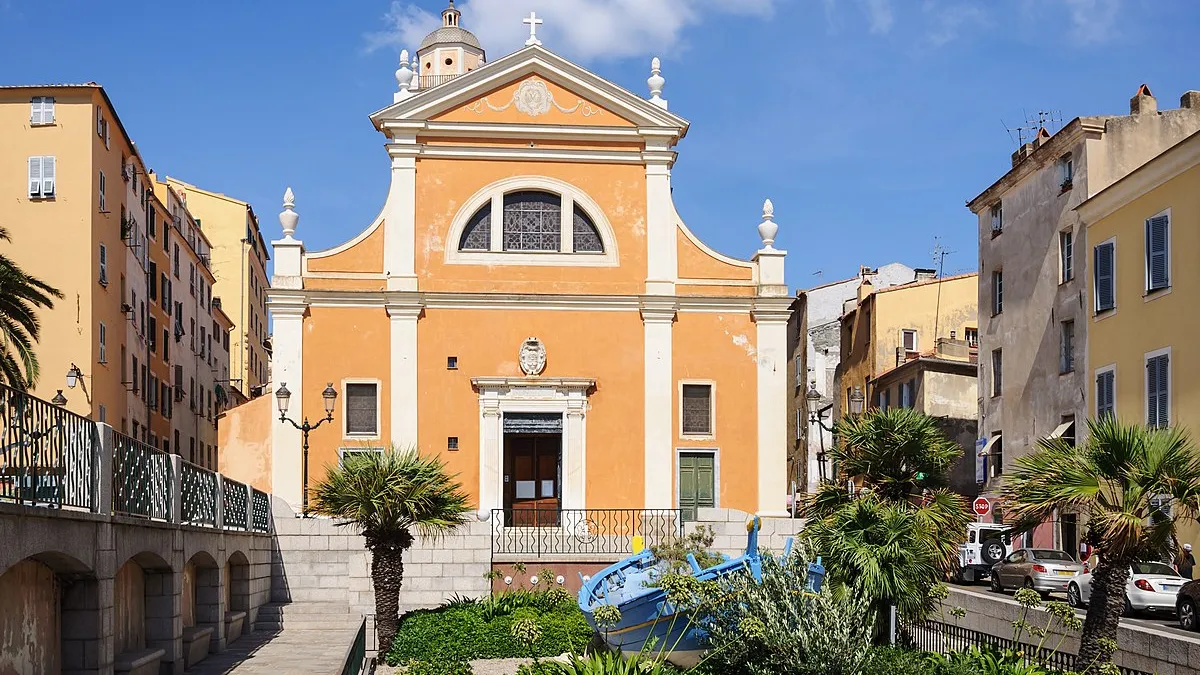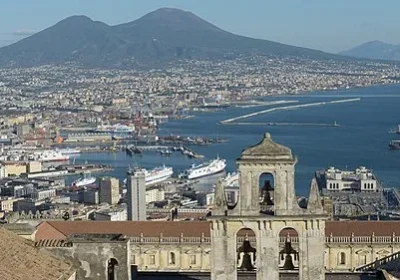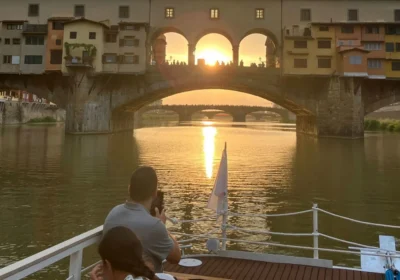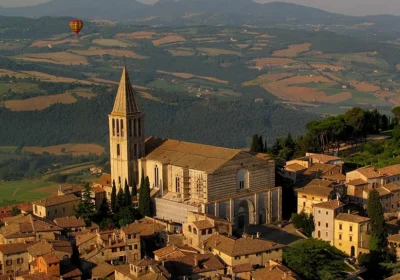Ajaccio City Tour (continued).
The Imperial Chapel is a chapel built near the Fesch Palace after the death of Joseph Fesch. This chapel is famous for its crypt, where Cardinal Fesch himself, Napoleon V, his son Napoleon VI and wife Clementine, and Napoleon Bonaparte’s parents are buried.
Piazza Austerlitz – this is where you will find the Napoleon souvenir boutique at the entrance. And from the top of the stone pyramid, Napoleon watches the bustle of the city, reached by two narrow staircases. The inscription carved on the slabs reads: “Napoleon I – Emperor of France 1804-1815”.
Piazzas Pierre Griffey and Foch – Ajaccio boasts an abundance of different squares, so next in line is Pierre Griffey Square, near the railway station, named after the resistance hero, a member of the secret Pearl Harbour mission. Another square, Place Foch, is famous for the colossal statue of Bonaparte crowning a fountain of four marble lions.
The Bloody Isles – a magnificent promenade leads right up to the fortress of Jetet, the view is breathtaking. From the fortress, by the way, there are daily excursions to the Sanguinère (Bloody) Islands in the Gulf of Ajaccio. The Sanguinerre archipelago is famous for the fact that its islands consist of pink porphyry. There are two ancient Genoese fortresses – La Parata, Castelucio and a lighthouse of the XIX century.
The Cathedral of the Assumption of the Blessed Virgin Mary – this cathedral was built at the end of the XVI century. It was designed by the famous Italian architect Giacomo della Porta. The Cathedral of the Virgin Mary belongs to one of the monuments of Baroque architecture. Since the beginning of the XX century the Cathedral is included in the list of historical monuments of France. In 1771 Napoleon Bonaparte was baptised in this cathedral.
The Museum of the History of Corsica was opened in 1988. It features hundreds of exhibits that illustrate the rich and colourful history of the French island. Among the most valuable items in the collection are historical documents, maps, coins, vehicles and some works of art.
The Capitellu Museum is tucked away on Boulevard Daniele-Casanova, and its halls contain an interesting exhibition on the everyday life of the city’s inhabitants in the 19th century.
A fascinating excursion is a visit to the “foreign quarter”, full of former palaces, villas and buildings commissioned by foreign magnates. These include, for example, the Anglican Church and the Grand Continental Hotel.
Take a 12-seater catamaran boat trip to appreciate the Corsican expanse.
The horse-riding school is very popular, and the local diving school even organises night dives.

















